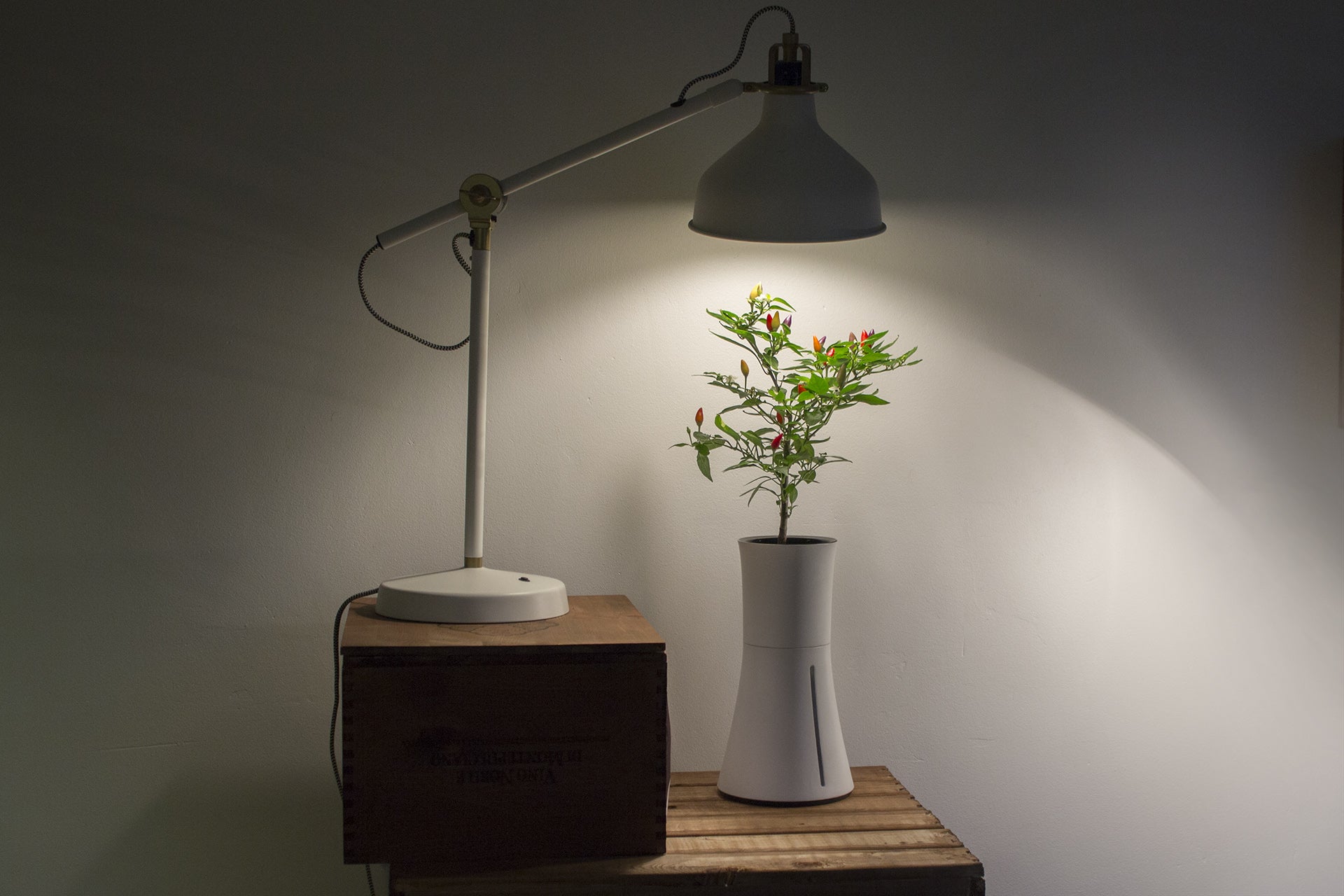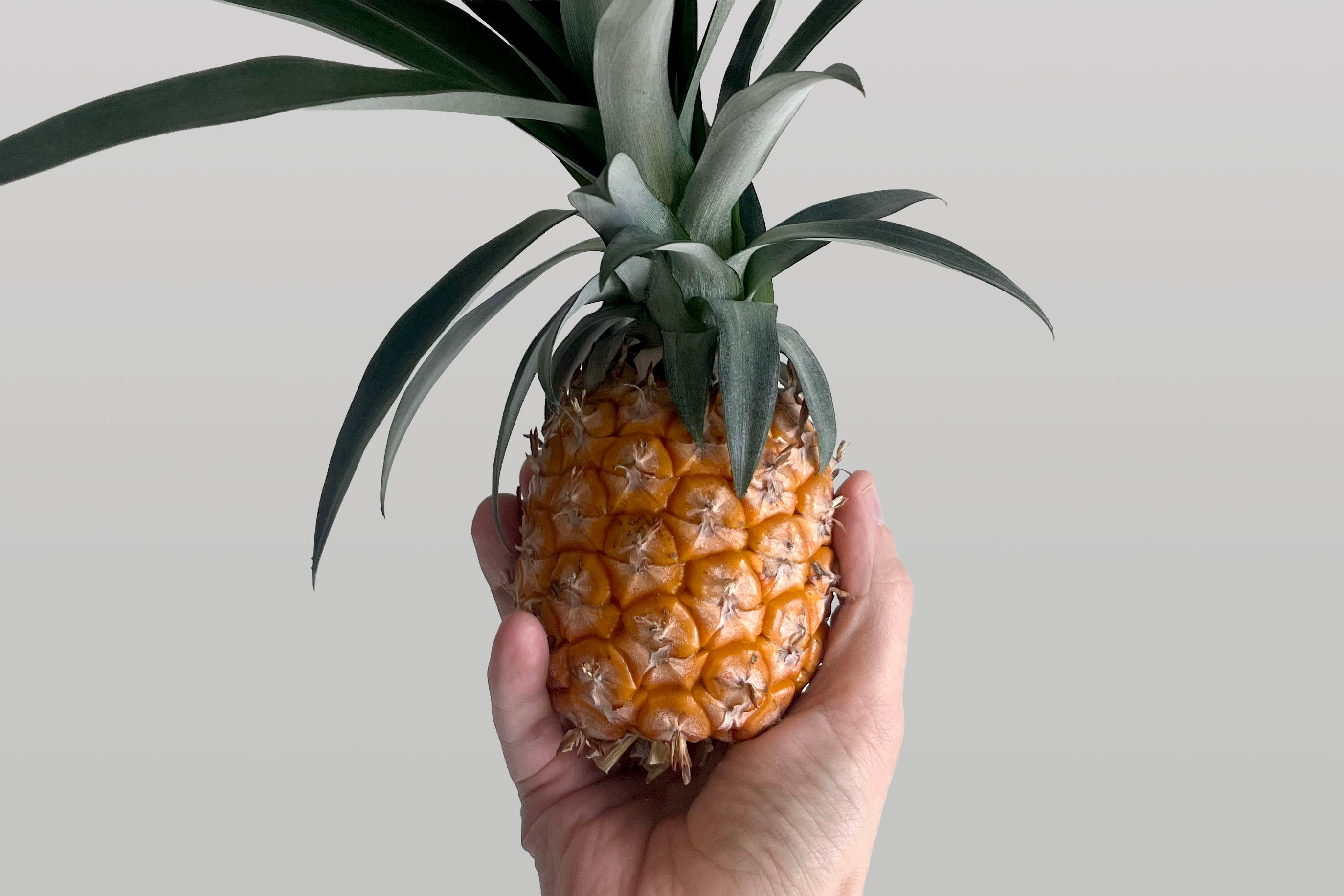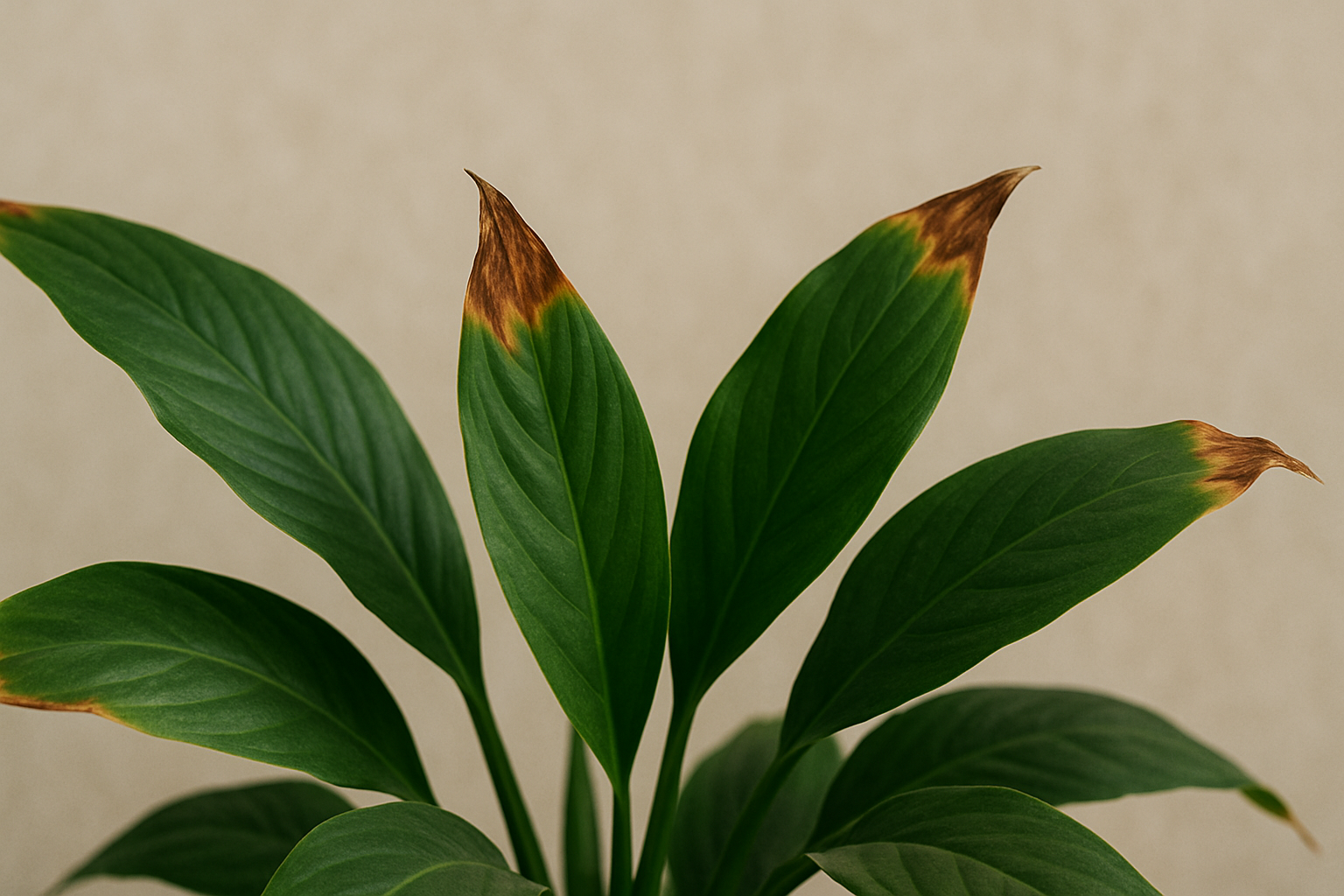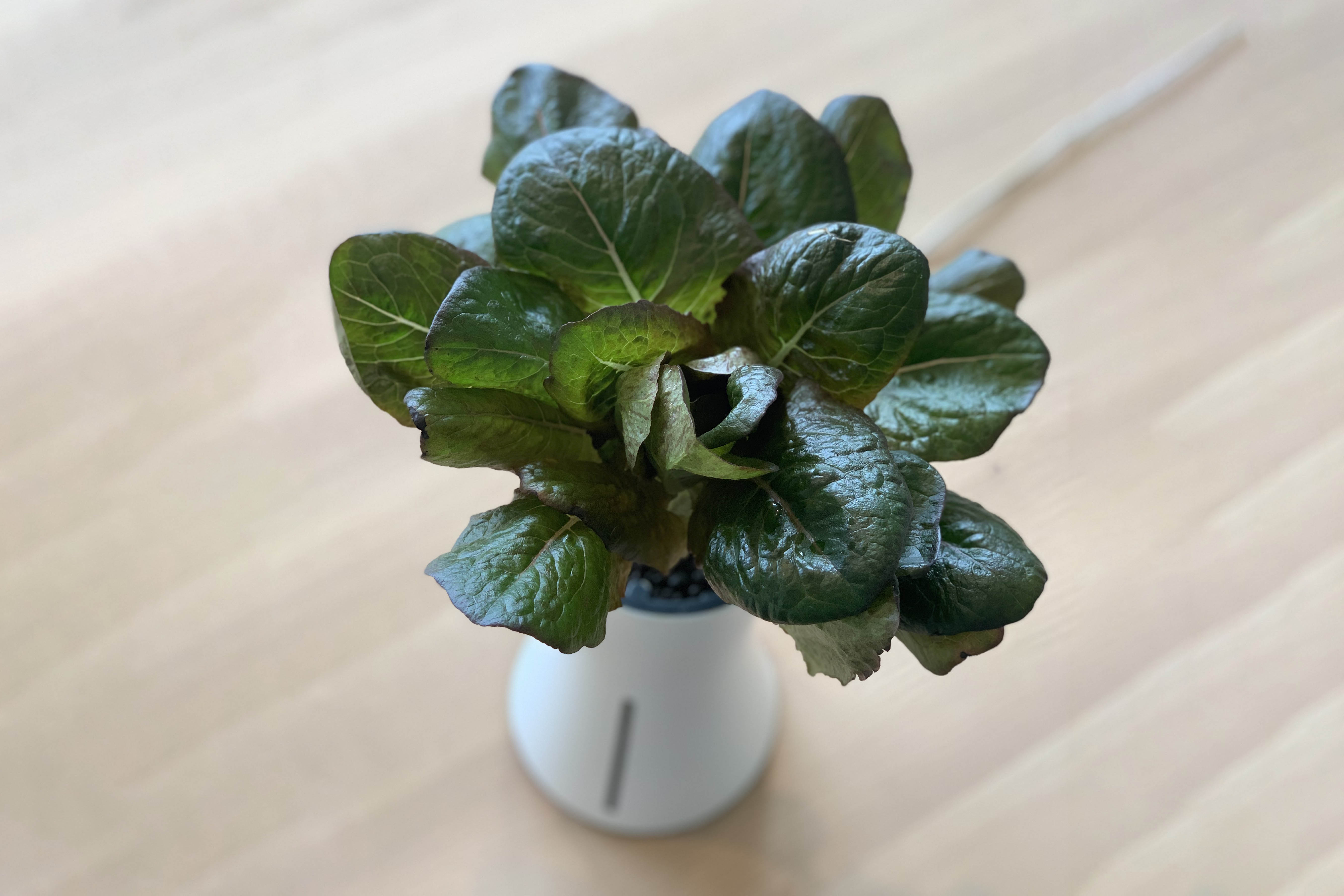When and how to use growing lights

In this comprehensive guide, we'll explore the fascinating world of artificial light for indoor gardening, specifically focusing on the importance of light, the different types available, and how to optimize your plants' growth. Are artificial lights necessary, and if so, which ones should you use? What about those pink "grow lights" that have gained popularity in recent years? Let's dive into these questions and more.
The Role of Light in Plant Growth
Plants have evolved to rely on natural sunlight for growth. When growing plants indoors, placing them by a window is usually sufficient, unless you're growing during the winter months in the northern or southern regions. But how much daylight is enough?
It is hard to make a generalization, because it depends on the season, where in the world you live, how free your window is from buildings and trees etc.
Keep in mind that individual plant requirements may vary. If you want to grow without a lamp, your best bet is to place it in a sunny window. Just one building that is too close to your window might shade your plants too much!
But from our experience, if you have less than 12 hours of daylight, some form of artificial light is necessary. You can check here how much daylight you have where you live: https://www.timeanddate.com/sun/
This "rule" assumes you want your plant to grow and get bigger; if you simply want it to survive, you might not need a lamp. In this article, however, we'll focus on growing herbs, vegetables, and salad greens from seeds, which requires energy!
Note that UV lights or heat lamps are insufficient; only visible light will suffice.
Light requirements depends on the kind of plant
Understanding the specific light requirements of edible plants is essential for successful indoor gardening. Edible plants can be categorized into three groups based on their light needs:-
High Light Edible Plants: These plants need bright, direct sunlight. Place them near a south or southwest-facing window or use supplemental artificial lighting.
Examples: Tomatoes, peppers, eggplants, cucumbers, strawberries -
Medium Light Edible Plants: These plants prefer bright, indirect light or filtered sunlight. Place them near an east or west-facing window or farther from a south-facing window.
Examples: Leafy greens (lettuce, spinach), herbs (basil, parsley, cilantro), green beans, peas, radishes -
Low Light Edible Plants: A few edible plants can tolerate lower light conditions but still need indirect light. Place them near a north-facing window or in a room with ambient light.
Examples: Microgreens, sprouts, certain herbs (mint, chives), leafy greens (kale, Swiss chard - slower growth)
Identifying the Right Kind of Light for Your Plants
You might have come across those lamps emitting a pinkish light from red and blue LEDs, commonly referred to as "grow lights." These lights are designed based on the understanding that plants don't utilize all wavelengths of light equally. Research reveals that chlorophyll in plant cells mainly relies on red and blue wavelengths of the visible light spectrum, which is why leaves appear green, reflecting the green light instead of absorbing it!
While plants predominantly use red and blue light, they also need other parts of the spectrum, such as green and yellow, for optimal growth.
We've grown chili, basil, and other edibles indoors for years and found that white light from fluorescent lamps, LEDs, or CFLs is more effective than "red and blue grow lights." These lights provide a broad spectrum, ensuring your plants receive all the necessary wavelengths.
Plus, white light is generally more aesthetically pleasing than red and blue "disco" lights! Avoid incandescent lamps, as they produce more heat than light. For indoor growing, you want a lamp that generates ample white light.
Exploring Different Lighting Options: Fluorescent Lamps, CFLs, and LEDs
Fluorescent lamps and CFLs are reliable, affordable, and readily available. While they last a long time, they don't have the same longevity as LEDs. Comparing different lamps is easy, as they usually have similar spectrums. They come in "warm light" and "cold light" variants, and either option will suffice for plant growth.
Keep it simple with a powerful lamp, like a 20-watt CFL for a single Botanium plant or a 100-watt T5 fluorescent lamp for multiple plants.
LED
LEDs are the future of indoor gardening. They're smaller, longer-lasting, and increasingly more efficient than fluorescent lamps. They're also more environmentally friendly, as they don't contain mercury. While LED lamps marketed as "grow lights" can be pricier, you don't necessarily need them for successful plant growth. A 15-watt LED lamp is suitable for a small Botanium plant.
If you enjoy DIY projects, you can build a powerful, affordable LED lamp for a fraction of the price. Websites like Ledgardener.com offer DIY guides for this purpose.

This Botanium grow light provides more than enough light needed when growing in a Botanium. Shop here
Optimizing Light Exposure: Timing and Distance
By using a simple timer connected to the outlet, ensure your lamp is on for at least 12 hours per day. Position the light as close to the plant as possible without touching it, since the intensity of light decreases rapidly with distance. To be precise, doubling the distance results in only a quarter of the light reaching the plant.
To promote healthy growth, rotate your plants occasionally to ensure all sides receive equal light exposure. This helps to prevent uneven growth or plants leaning toward the light source. It's also essential to monitor your plants for signs of stress, such as yellowing leaves or elongated stems, which might indicate adjustments to the light source or duration are necessary.
Additionally, consider the heat emitted by your lighting source. While LEDs produce less heat than other options, it's crucial to ensure your plants don't become overheated, which could lead to wilting or other negative effects on growth. Maintain a comfortable temperature for your plants by monitoring the room's climate and making adjustments as needed.
How do I know if I have enough light?
Determining whether your indoor plants are receiving enough light can be a bit of a challenge, especially for novice gardeners. However, by observing your plants' growth and behavior, you can gain insight into their lighting needs. In this section, we will discuss some key indicators to help you determine if your plants are getting enough light and how to address any potential issues.
Observe plant growth and appearance:
Healthy plants will display robust growth and compact growth patterns. If your plants are struggling to grow or are developing long, spindly stems, it's likely they are not receiving enough light. This phenomenon, called "etiolation," occurs when plants stretch towards the light source to maximize exposure, resulting in weak and leggy growth.
Examine leaf color and size:
When plants receive inadequate light, they may produce smaller leaves or develop pale, yellowish-green foliage. This discoloration, known as chlorosis, occurs due to insufficient light for chlorophyll production. In some cases, leaves may even drop off the plant, signaling a more serious issue with light availability.
Monitor flowering and fruiting:
Insufficient light can also affect a plant's ability to flower and produce fruit. If your plants are failing to bloom or fruit despite meeting all other requirements, such as proper watering and fertilization, inadequate light may be the culprit.
If seedlings die within weeks
Seedlings are especially vulnerable to low light, as they don't have much energy reserves and need to make use of the available light as soon as they can. If you have planted seeds and your seedlings die within weeks, it is likely it is because of insufficient light.
Conclusion
To sum up, when you have less than 12 hours of daylight per day and are growing plants from seeds, opt for LED, fluorescent, or CFL lighting. Use white light and place it close to your plants for 12 hours per day. Remember to monitor your plants' health and rotate them occasionally for even growth. By following these guidelines, you'll be well on your way to nurturing a thriving indoor garden with the help of artificial light.
Happy growing!







Leave a comment